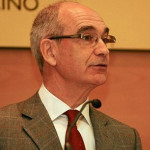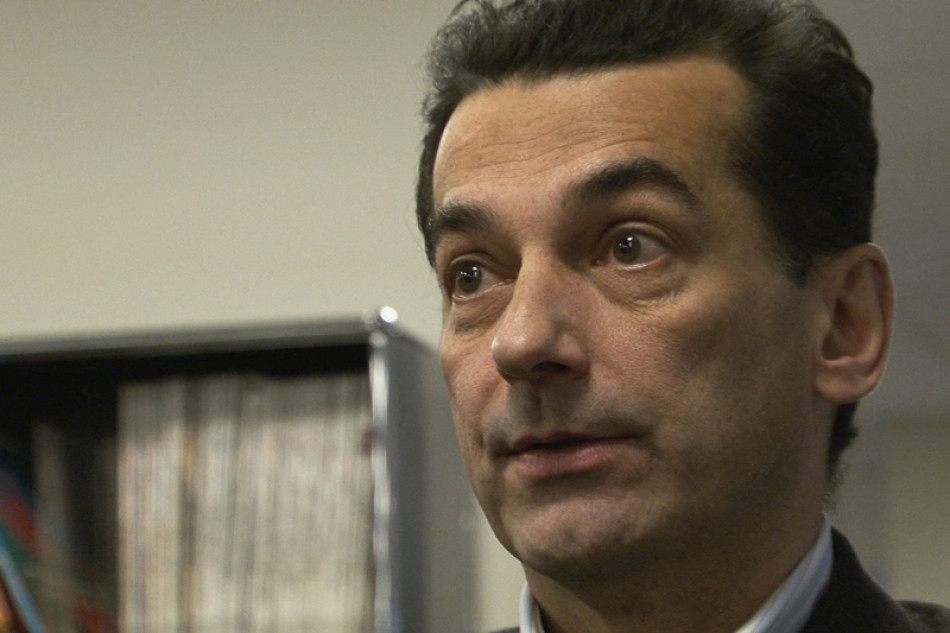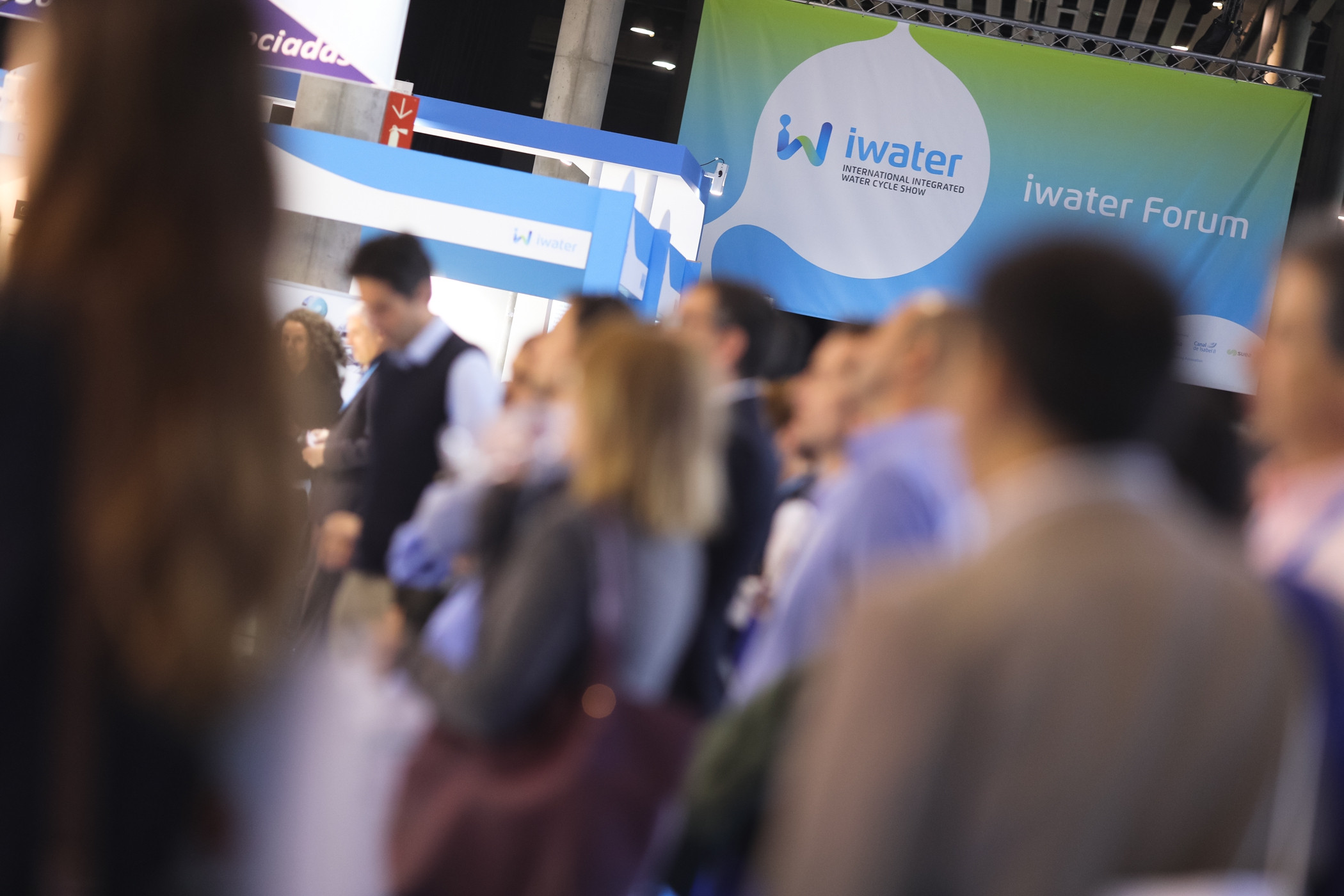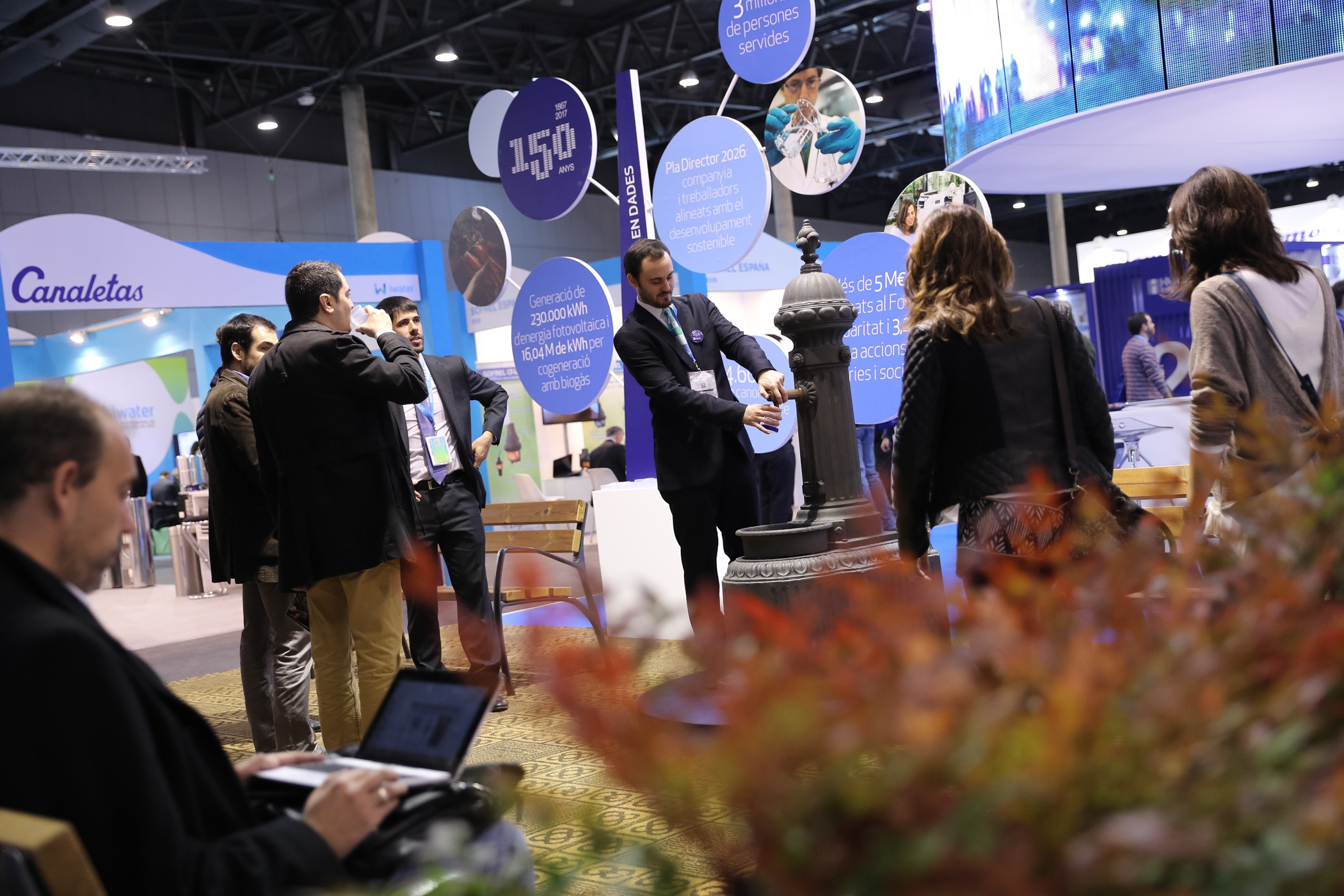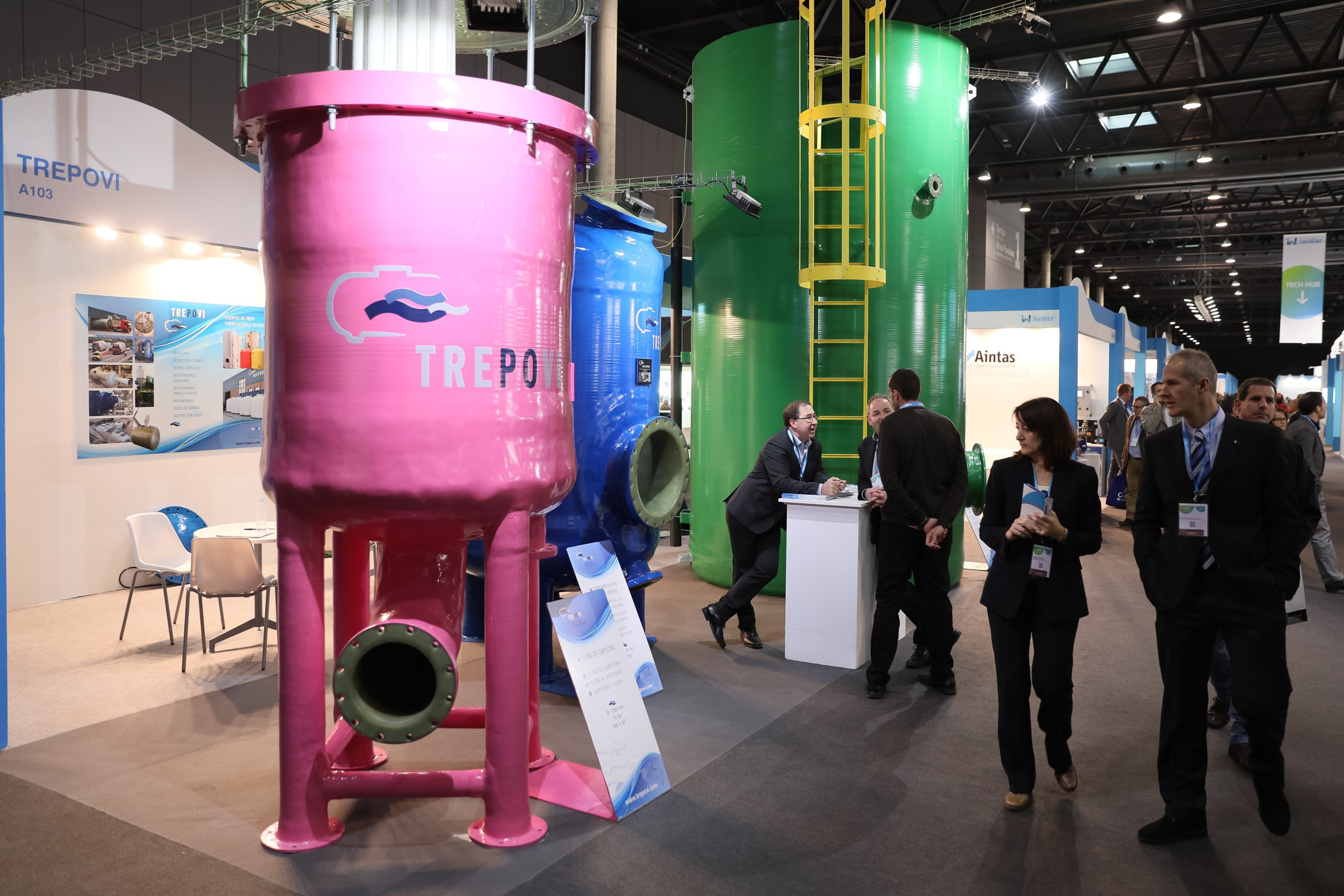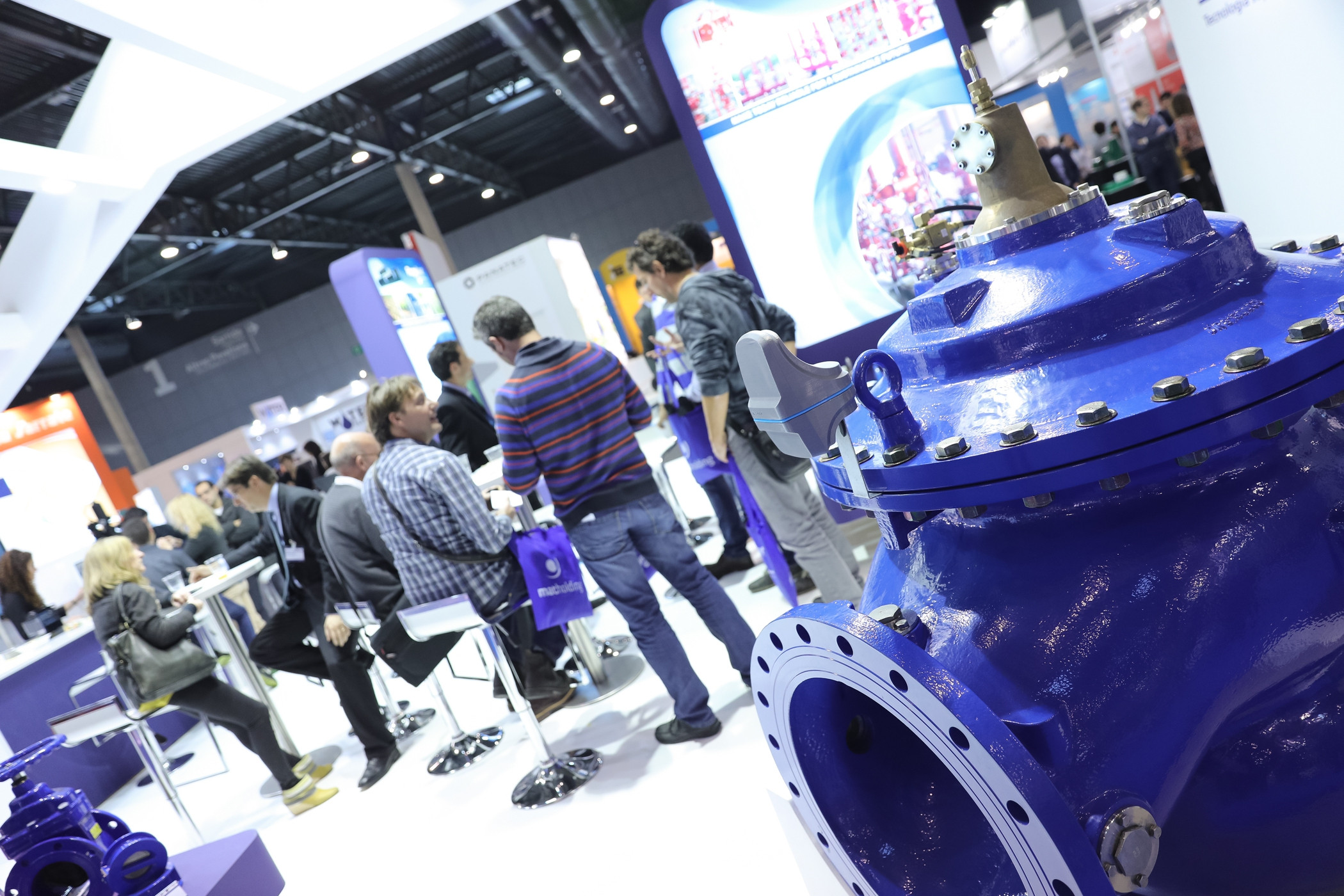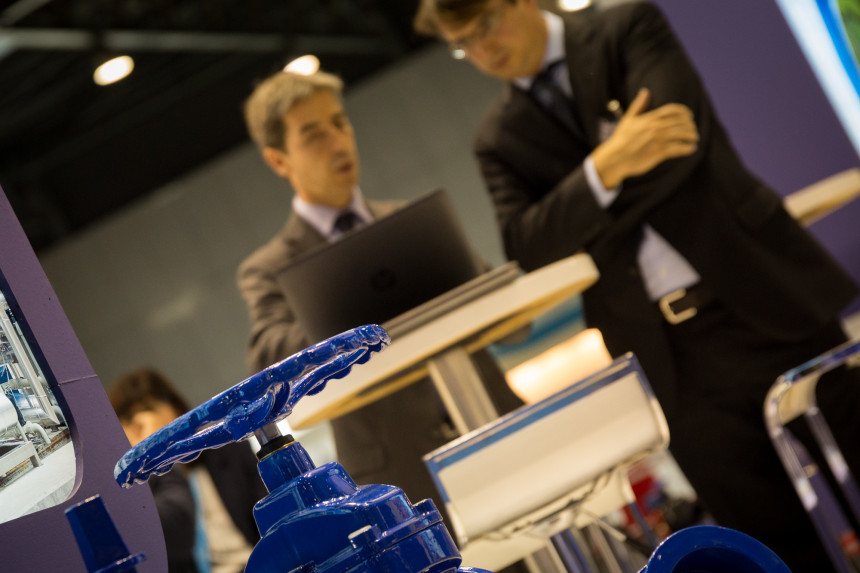
What is the current situation of water reuse in Catalonia/Spain?
The planned water recycling has a long tradition in Catalonia and Spain, since the Costa Brava Consortium organized the first technical sessions on the subject in Castell Platja d'Aro in 1985 and invited two of the main representatives of the California public health and water management entities. Over the next 30 years, reuse has been progressing in a variety of uses and regeneration capacity. The highest levels of water reuse were achieved due to the episode of drought in 2007 and 2008, driven by the strict necessity for water. With the return to regular rainfall, which was maintained for the next 7 years, and the austerity of economic resources, it has led almost all of these projects to a state of hibernation that now seems to have come to an end, when there are clear indications that we are entering a new episode of drought.
The chronology of reuse planned during the last three decades in Catalonia can be summarized in the following projects: 1985, with a decisive and visionary commitment of the CCB, and 1989, with the authorisation of the first golf course, conditioned to the use of recycled water.
Up until 2009, the CCB has put into operation numerous regeneration facilities that allowed reuse of up to 20% of the 30 hm3 recycled per year. A true regional, national and European record. In the years 2007-09, the basic ERA (water recycling plant) and the advanced ERA of El Prat de Llobregat began to operate. The basic ERA produces up to 260,000 m3/day of water for environmental restoration, agricultural irrigation and gardening and environmental flows, and the advanced ERA produces 15,000 m3/day for the recharge of the intrusion barrier in the Baix Llobregat aquifer. In 2011, the Advanced ERA of the Camp de Tarragona went into operation to produce very high quality water, destined to industrial uses in the Tarragona petrochemical complex. It is a recycled water of similar quality to that produced in the Orange County project, the most emblematic in the world. In 2015, the project to demonstrate recharge with recycled water from the drinking aquifer in El Port de la Selva began operating.
Spain has numerous other non-potable reuse projects, both in Madrid (for irrigation and street washing) and in many of the Mediterranean coastal basins, especially in the Júcar, Segura and the eastern and western coasts of Andalusia.
What issues will be addressed at the iWater roundtable concerning water reuse?
The round table on water reuse will be a logical continuation of the two previous presentations on the development of the water resources management strategy that California has set up. The first presentation will describe the process followed in Orange County, California, to produce high-quality recycled water for human consumption added to that from conventional sources of provision; this water is injected and infiltrated into a drinking aquifer from which various municipal companies extract water for the provision to their communities.


